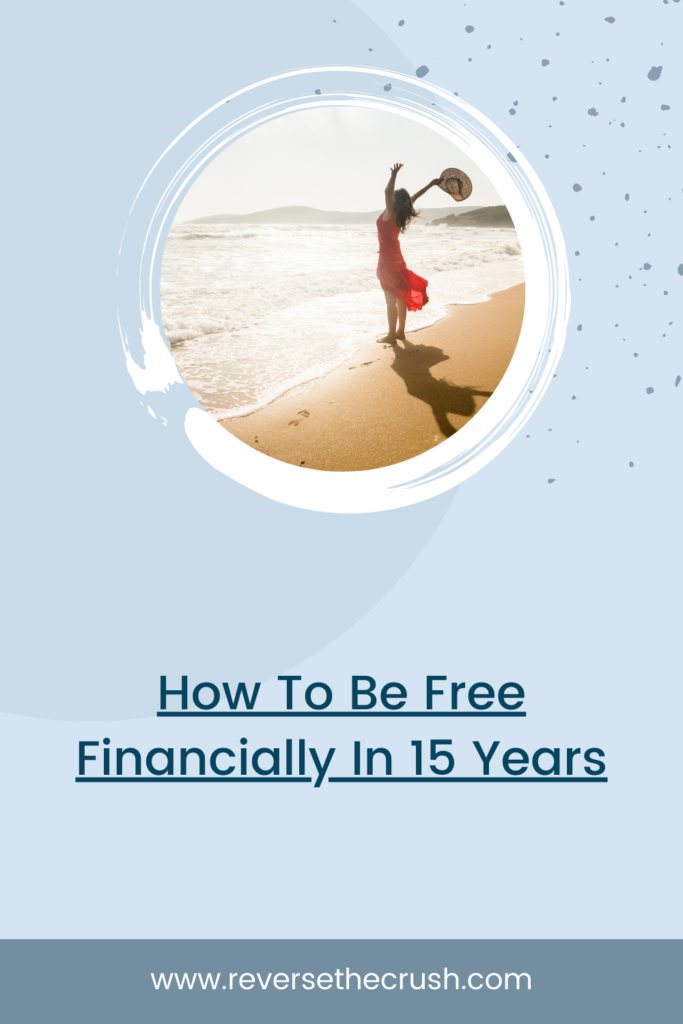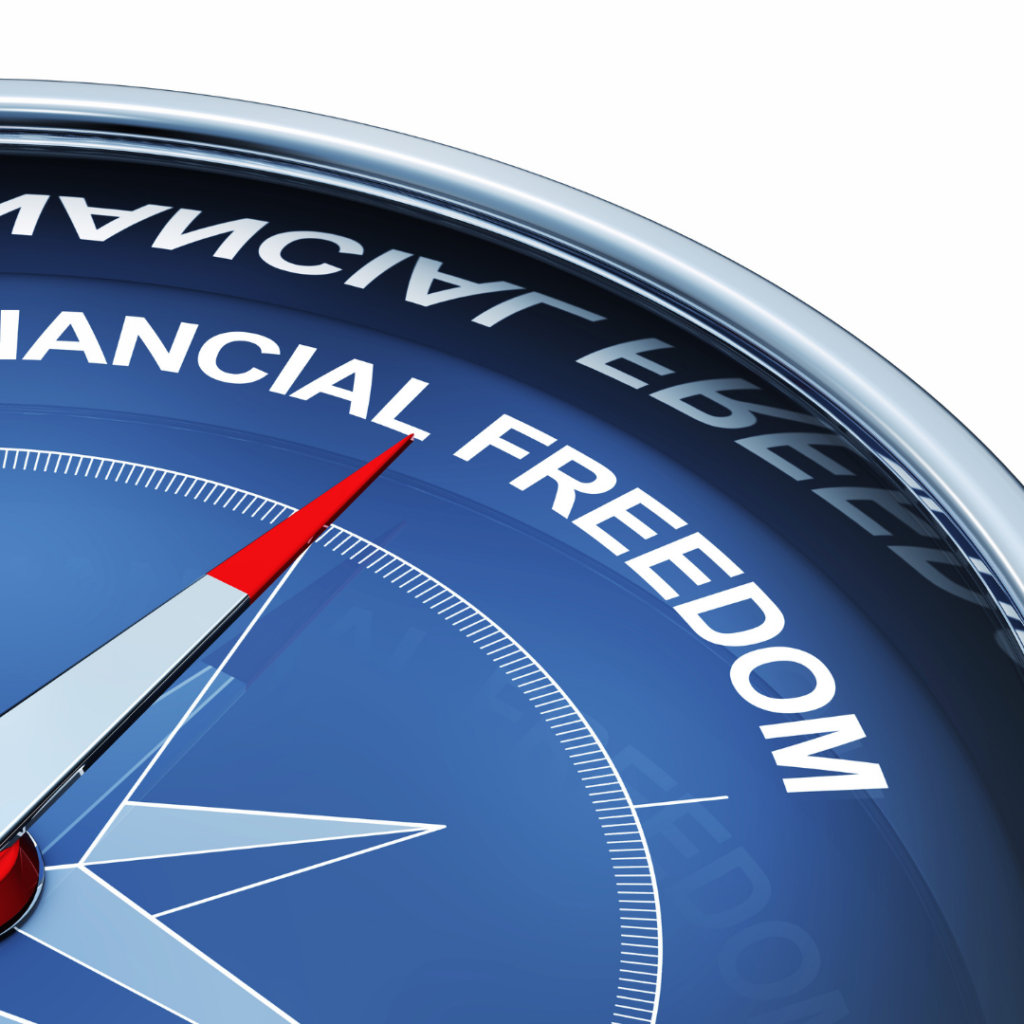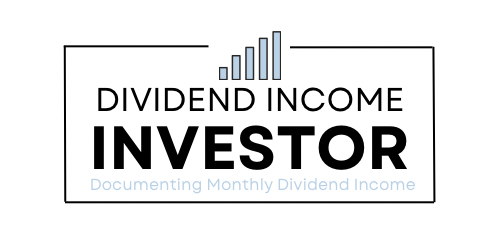How to be free financially in 15 years. A step-by-step overview of how to become financially free and own a place within 15 years or less. This post may contain affiliate links.
It’s popular to aim to reach financial independence in 5 to 10 years.
But today, I’m going to talk about how to be free financially in 15 years.
The reason my plan is to reach financial independence in 15 years instead of a shorter time frame is balance. Achieving financial independence in 5 to 10 years is an impressive, admiral feat. But climbing the corporate ladder or wearing suits is not something I want to do for the next 5 to 10 years. I’d rather enjoy a more balanced journey.
As such, a part-time job and a slightly longer time frame works better for me. This will allow me to enjoy more of my life overall, and it will provide enough time to work on side hustles and hobbies.
For anyone else who ls looking for a more balanced way to achieve financial freedom, this post will walk you through how to be free financially in 15 years.
Let’s get started.
How To Be Free Financially In 15 Years

Step 1 — Build The Right Financial Habits
Before you can even begin to think about financial freedom, you need to get your financial habits right.
Mainly, you need to get out of debt first. This will lower your payments and expenses, so you can reach financial freedom with less money invested.
But also, you need to start paying yourself first. You need to start saving at least 10% to 15% of your income minimum from each payday. Ideally, you should save 50% or as high as you can comfortably afford.
After you are consistent with those financially habits, you need to start dollar cost averaging into stocks or index investing. This will grow your wealth and build income streams to live on in the future.
Step 2 — Start Investing A High Percentage Of Your Income
I know I already touched on saving and investing, but I wanted to stress that this is something you just do.
For the next 15 years, you need to save and invest a high percentage of your income. This is ultimately how to be free financially in 15 years.
Ideally, you should save at least 50% of your income and invest it in the S&P 500. For each year you save 50%, you can afford to take one year off.
If you can’t afford to do that, start with 10% of your income and increase it over time.
Step 3 — Build A $100,000 Portfolio Within 5 Years
Somehow, some way, you need to build a $100,000 stock portfolio within 5 years.
It will take this much money to be in the right position to retire within 15 years.
With a $100,000 portfolio, an investor can easily earn $5,000 annually from dividends.
To get to $100,000, you either have to save $20,000 per year or be a really good investor.
Keep in mind, your portfolio will start to do a bit of the work for you after you get a decent amount invested.
I should also note that this $100,000 portfolio is separate to any house down payment money or emergency fund.
Step 4 — Buy Your Residence Within 5 Years
In addition to building a $100,000 stock portfolio, you need to save a down payment to buy a residence within 5 years.
Of course, this is not obligatory, as it depends on how you want to live.
If you want to roam around and travel more, perhaps it doesn’t make sense to buy a property.
In my view, I can retire and pay my mortgage with dividends in 15 years.
Even if I still have a mortgage, I will technically be reinvesting dividends into real estate instead of paying rent.
This is why I think it makes sense to get a mortgage while still working. Also, after you have an emergency fund and decent stock portfolio built up.
The most ideal situation is to buy a condo or house within 5 years of the 15-year plan. Ideally, the payment can remain the same what rent would cost or less.
Consequently, you will need to save up $60,000 to $100,000 for a downpayment in addition to building a $100,000 portfolio in 5 years.
The first 5 years are definitely the hardest. Somehow, perhaps with slightly different variations of these numbers, you have to get a sizeable amount of money invested and get a mortgage within 5 years. Also make sure to remain debt-free other than a mortgage. Well, maybe a car if you need one for work or children.
Step 5 — Keep Investing A High Percentage Of Your Income
Obviously, I’m going to reiterate investing a high percentage of your income.
Even if you have a house and a decent size portfolio, you must keep your foot on the gas.
You have an amazing opportunity if you have a decent size portfolio and own a property at a young age.
The main thing is to keep investing and saving a high percentage of your income.
This way, you can get to a point where your income from investing will pay for your expenses, including your mortgage.
Alternatively, you could try to pay your mortgage off faster. But paying your mortgage off early could provide fewer options.
Step 6 — Build a $250,000 Portfolio In 10 Years
By the tenth year, your portfolio’s value needs to be at $250,000 for you to have a chance at retiring in 15 years.
Keep in mind, your portfolio will be growing a lot faster after you have reached $100,000.
At a modest 7% growth rate, a $100,000 portfolio would grow by $7,000 per year. If you factor in $10,000 worth of savings, your portfolio is up by $17,000 per year.
By consistently investing and saving money over a 10-year span, you need to get your portfolio to $250,000 in 10 years.
Step 7 — Your Portfolio’s Income Covers Expenses In Year 15
There’s really not that much to talk about after you get a mortgage and have built up a decent size portfolio.
It’s just consistency and slight improvements from there.
Between year 5 to 15, you just need to keep paying off your mortgage and investing.
If you invest a high percentage of your income, by year 15, you could be in a position to have a portfolio that generates enough income to cover your expenses.
At this point, work would be optional.
It would depend on whether you want to boost your income higher or work to pay off your mortgage.
By year 15, your investment portfolio will likely be in the $500,000 or more range. It might generate $25,000 per year in dividend income.
Of course, reaching this level requires a high savings rate and 15 years of diligent investing.

How To Be Free Financially In 15 Years – Finals Thoughts
There’s no shame in taking a longer route to financial independence.
For some people, 15 years is a more balanced way to do it.
If you maintain a high savings rate and invest for 15 years, it is possible to build a portfolio that covers your expenses.
Ideally, it’s best to get a mortgage while you are working, so you can eventually lower your expenses even further. But even if you have to use your investment income to pay for your mortgage, at least it gets reinvested instead of going to rent. And one day, you will pay off your mortgage. Also, a home is another asset to balance out an investment portfolio.
In summary, to be free financially in 15 years, you need to start with building the right habits. Get out of debt, start paying yourself first, and dollar cost average into investments.
Then, consistently save and invest a high percentage of your income. Aim to save 50% of your income or $20,000 per year.
Aside from building an investment portfolio, you need to save for a down payment on a house. Aim to get a house within 5 years. It will add another asset to your portfolio.
Otherwise, continue to diligently invest and save a high percentage of your income per year. Aim to build a $100,000 portfolio in 5 years, and a $250,000 portfolio in 10 years. If you can do that, you will be on pace to have a $500,000 portfolio plus a real estate asset within 15 years.
What’s your ideal time frame to be financially free?
I’d love to hear about your journey in the comments below.
Other Financial Independence Posts To Check Out
How To Live An Early Retired Lifestyle In 5 Years (Without Retiring)
I am not a licensed investment or tax adviser. All opinions are my own. This post may contain advertisements by Monumetric. This post may also contain internal links, affiliate links to BizBudding, Amazon, Bluehost, and Questrade, links to trusted external sites, and links to RTC social media accounts.
Connect with RTC
Twitter: @Reversethecrush
Pinterest: @reversethecrushblog
Instagram: @reversethecrush_
Facebook: @reversethecrushblog
Email: graham@reversethecrush.com


 Dividend Income August 2021 — 42% YoY Growth
Dividend Income August 2021 — 42% YoY Growth
